
Rhizophora mucronata
(MRP Inclusive of all taxes)
- Shipping ₹79 for entire order
- Dispatch in 7 days
- Country of origin: India

(MRP Inclusive of all taxes)
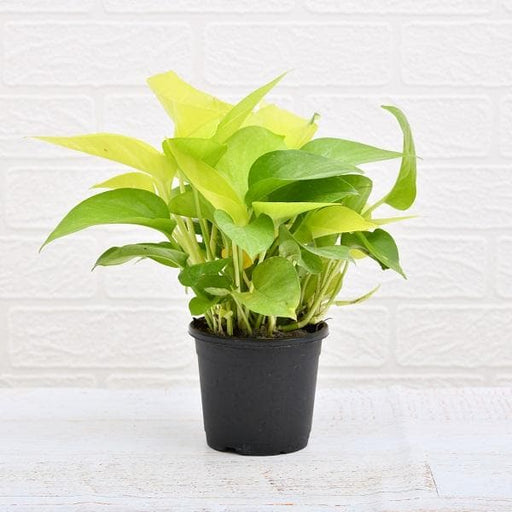 Save 29%
Save 29%
Air Purifier Money Plant with Pot The Air Purifier Money Plant, also known as Pothos or Epipremnum aureum, is a stunning indoor plant that...
View full details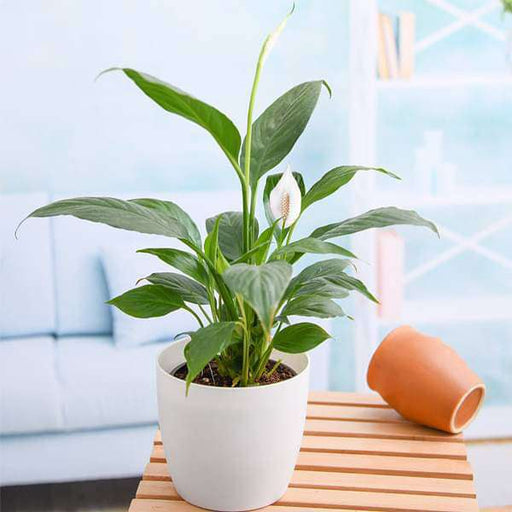
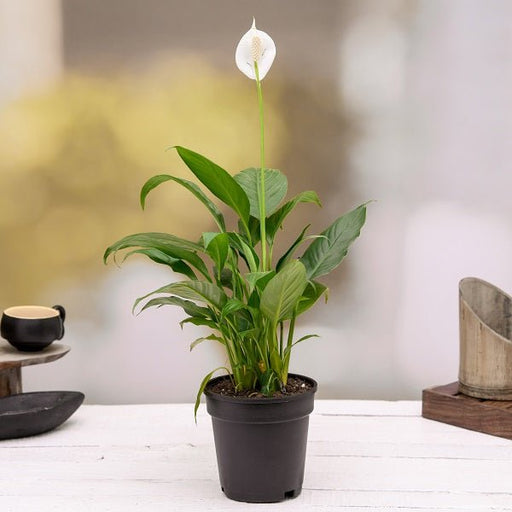 Save up to 15%
Save up to 15%
Peace Lily, Spathiphyllum - Plant The Peace Lily, scientifically known as Spathiphyllum, is a stunning houseplant celebrated for its elegant white...
View full details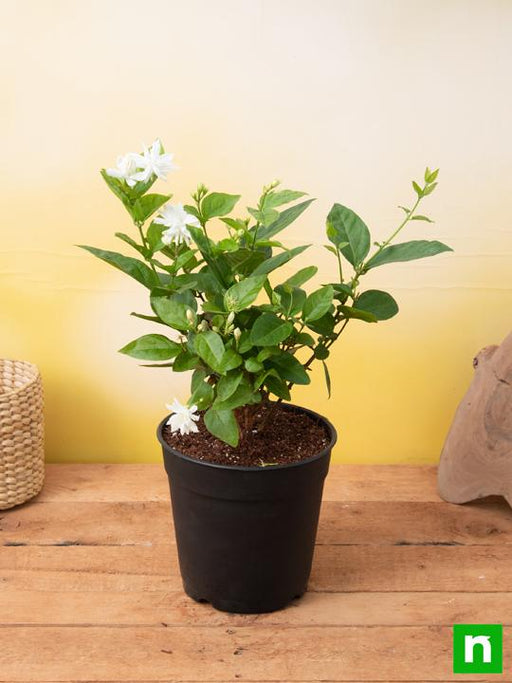
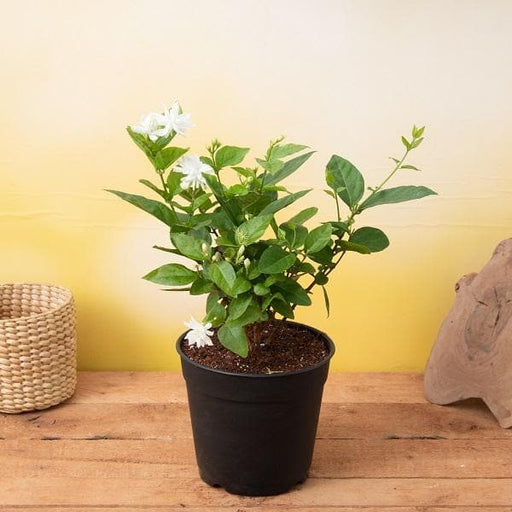 Save 25%
Save 25%
Jasminum sambac, Mogra, Arabian Jasmine - Plant Jasminum sambac, commonly known as Mogra or Arabian Jasmine, is a fragrant flowering plant...
View full details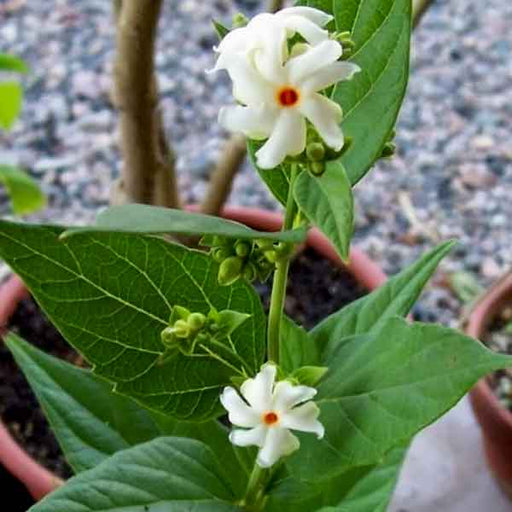
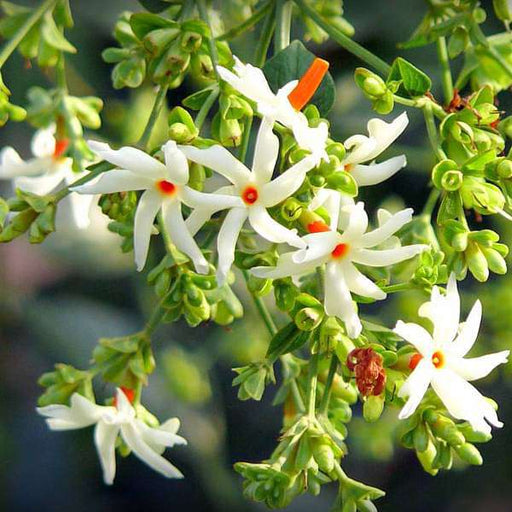 Save 18%
Save 18%
Combo Constituents Includes the Parijat Tree (Night-Flowering Jasmine), a culturally significant plant with fragrant flowers. Description The Pari...
View full details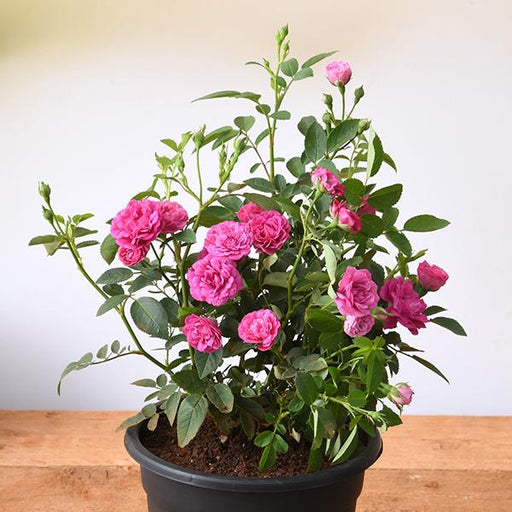
 Save 25%
Save 25%
Miniature Rose, Button Rose (Any Color) - Plant The Miniature Rose, also known as the Button Rose, is a charming and compact flowering plant that ...
View full details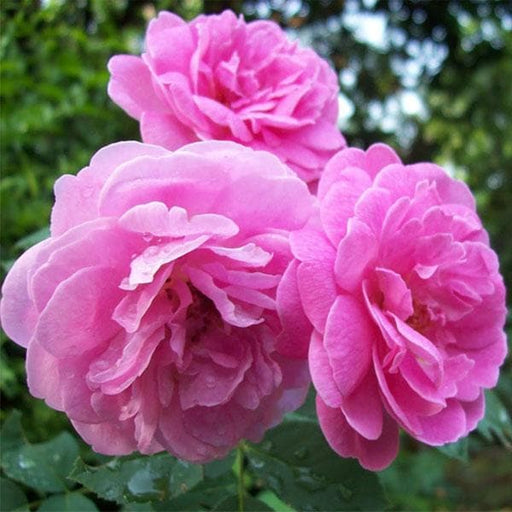 Save 25%
Save 25%
Damascus Rose, Scented Rose (Any Color) - Plant The Damascus Rose, also known as Rosa damascena, is a timeless symbol of beauty and romanc...
View full details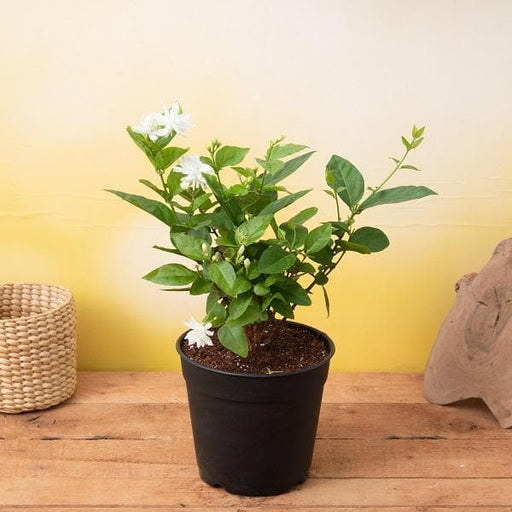
 Save 17%
Save 17%
Beautiful Fragrant Mogra, Arabian Jasmine Plant with Pot The Beautiful Fragrant Mogra, also known as Arabian Jasmine (Jasminum sambac), is...
View full details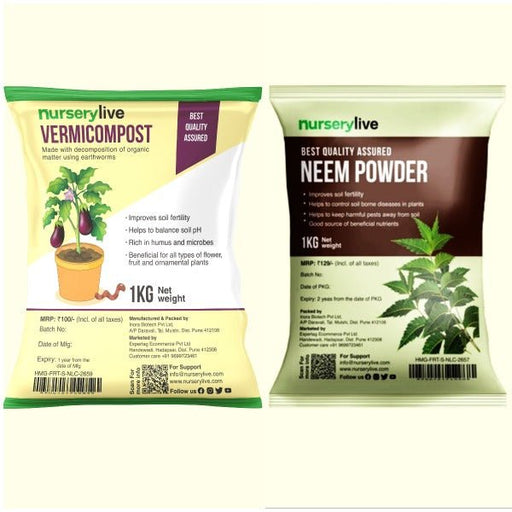 Save 15%
Save 15%
Pack of Vermicompost and Neem Cake for House Plants Transform your indoor garden with our premium Pack of Vermicompost and Neem Cake, spec...
View full details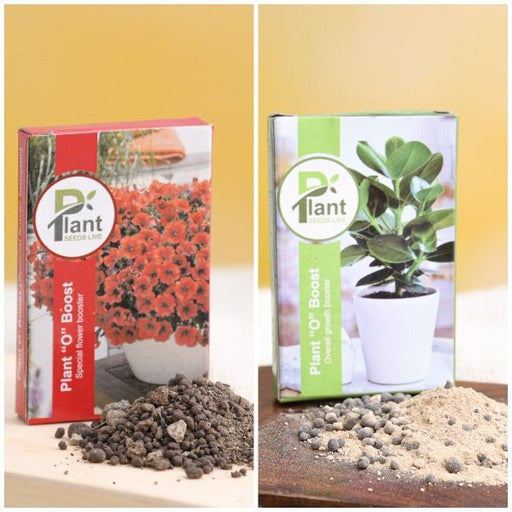
Pack of Plant Growth and Flower Boosters Unlock the full potential of your garden with our Pack of Plant Growth and Flower Boosters! This ...
View full details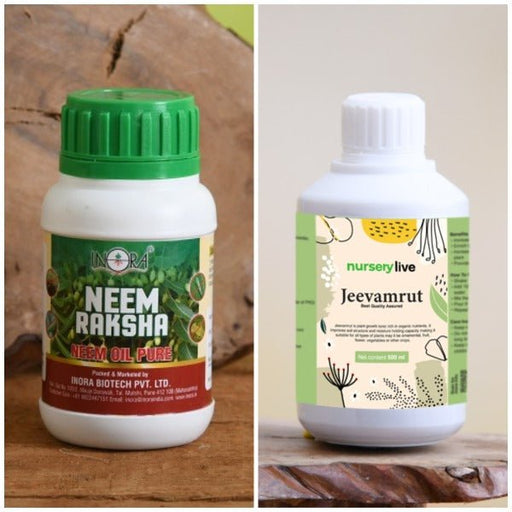 Save 38%
Save 38%
Combo of Jeevamrut and Neem Raksha for Easy Growth and Protection of Houseplants Transform your indoor garden with our exclusive combo of ...
View full details Save 22%
Save 22%
Plant Nutrients Kit (Pack of 16) for a Healthy Garden Transform your garden into a lush paradise with our Plant Nutrients Kit, featuring 1...
View full details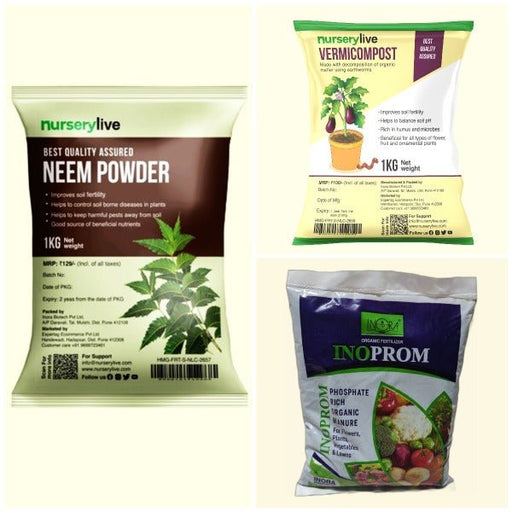 Save 16%
Save 16%
Combo of Top Plant Fertilizers Elevate your gardening game with our exclusive Combo of Top Plant Fertilizers, featuring two bags of premiu...
View full details Save 24%
Save 24%
Pack of 4 Additives to Make Soil Healthy and Nutrient Rich Transform your garden into a thriving ecosystem with our Pack of 4 Additives de...
View full details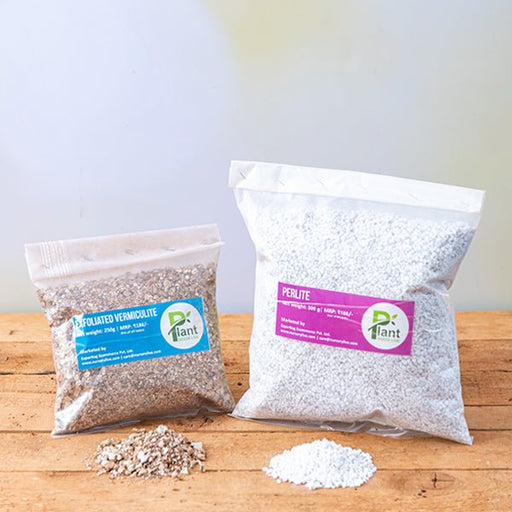 Save 30%
Save 30%
Transform your gardening experience with our premium Combo of Perlite and Vermiculite. This unique blend is designed to enhance soil aeration and ...
View full details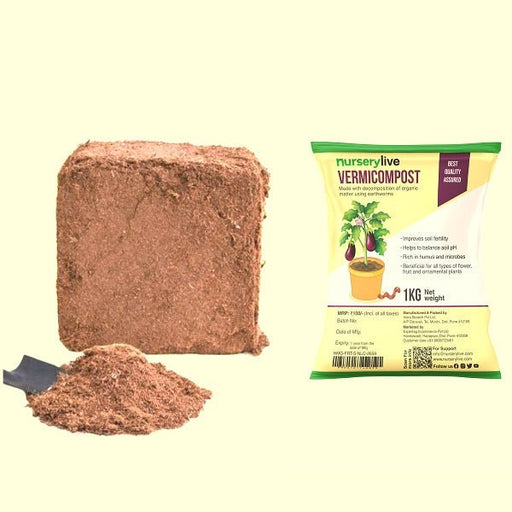 Save 27%
Save 27%
Combo of 2 Vermicompost and Cocopeat - Enrich Your Soil Naturally! Transform your garden into a thriving ecosystem with our Combo of 2 Ver...
View full details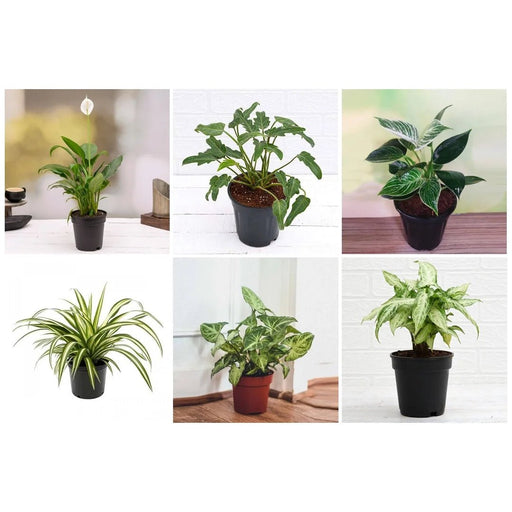
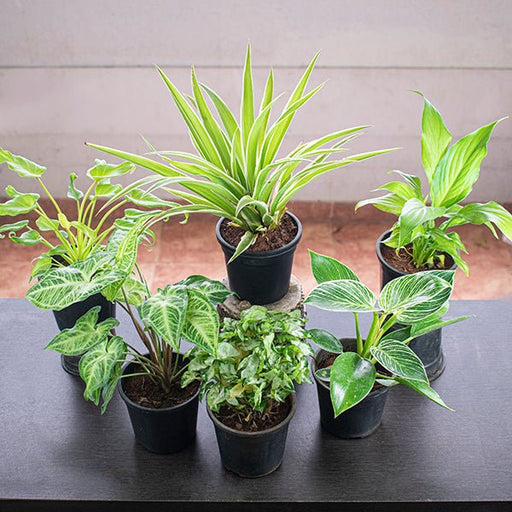 Save 35%
Save 35%
Best 6 Plants for Perfect Indoor Garden Transform your living space into a lush oasis with our curated collection of the Best 6 Plants for a...
View full details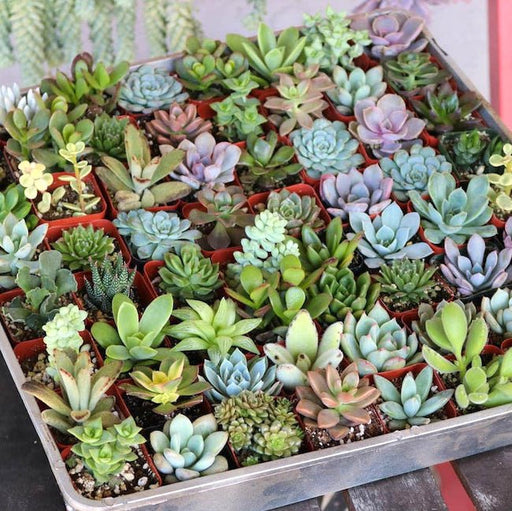
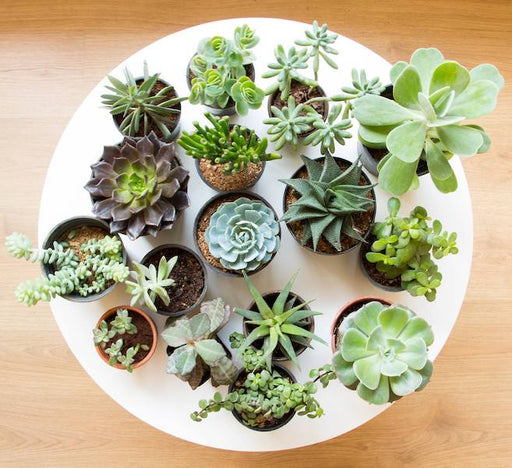 Save up to 50%
Save up to 50%
Mini Succulent Garden Pack Transform your space with our Mini Succulent Garden Pack, featuring a delightful collection of 4 any variety beautiful s...
View full details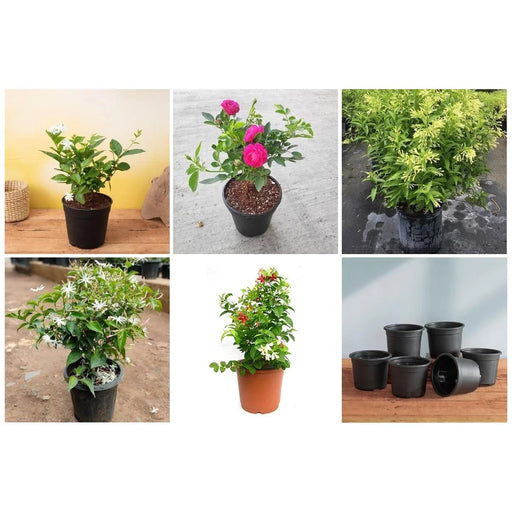
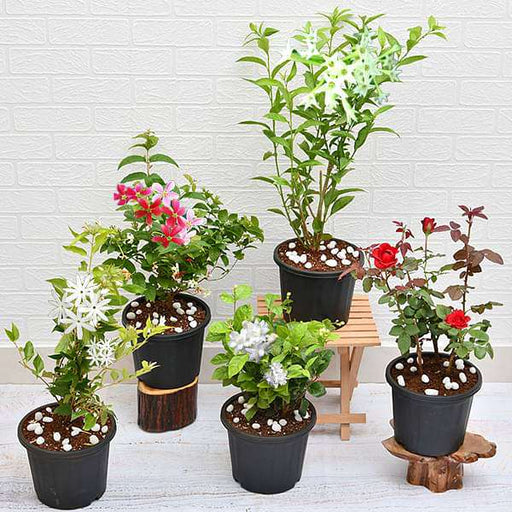 Save 30%
Save 30%
5 Best Fragrant Plants Transform your garden or indoor space into a fragrant paradise with our curated selection of the 5 Best Fragrant Plants. Th...
View full details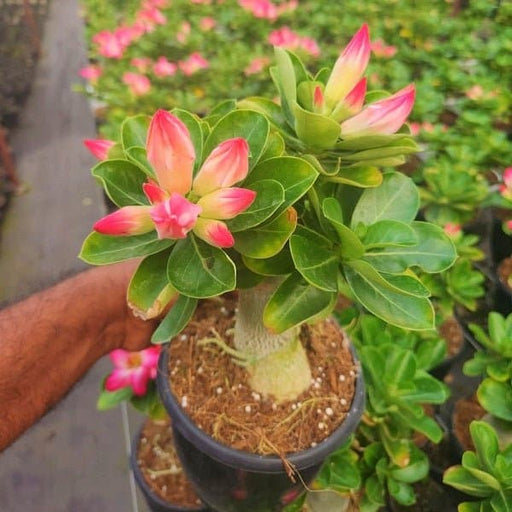
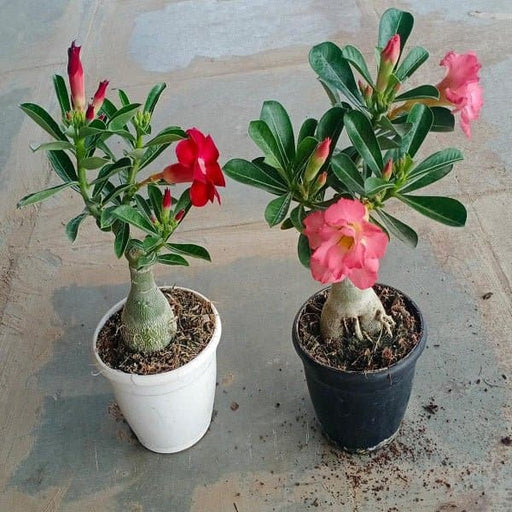 Save 24%
Save 24%
Set of 2 Bonsai Looking Grafted Adeniums Transform your indoor or outdoor space with our exquisite Set of 2 Bonsai Looking Grafted Adenium...
View full details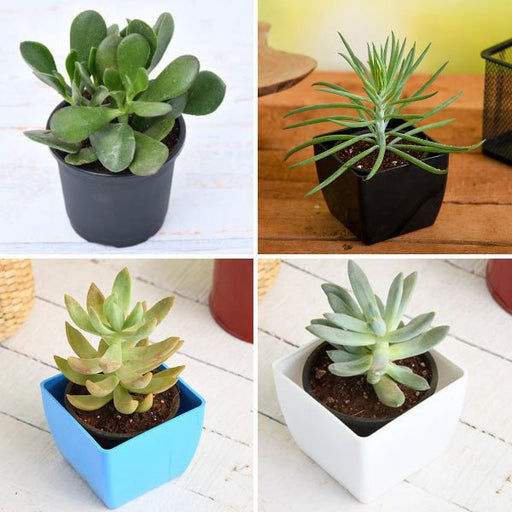 Save 45%
Save 45%
Top 4 Die Hard Succulents Pack Transform your indoor or outdoor space with our Top 4 Die Hard Succulents Pack, featuring a curated selecti...
View full details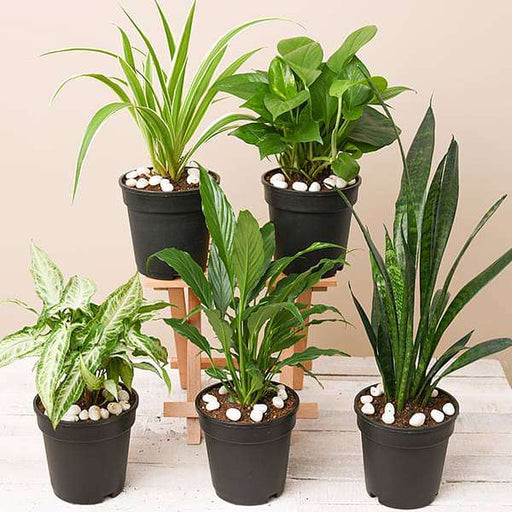
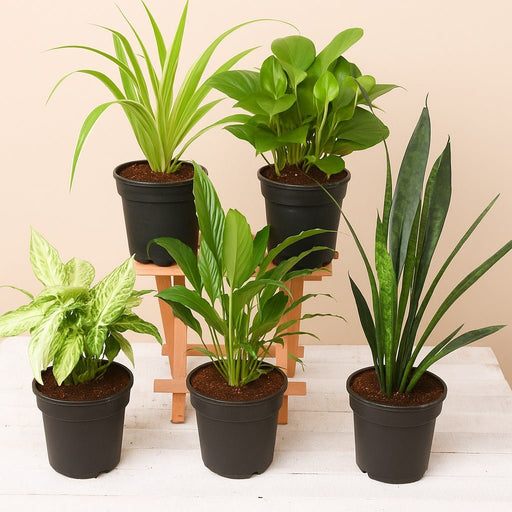 Save 30%
Save 30%
5 Best Indoor Plants Pack Transform your living space into a lush oasis with our '5 Best Indoor Plants Pack.' This carefully curated collection fe...
View full details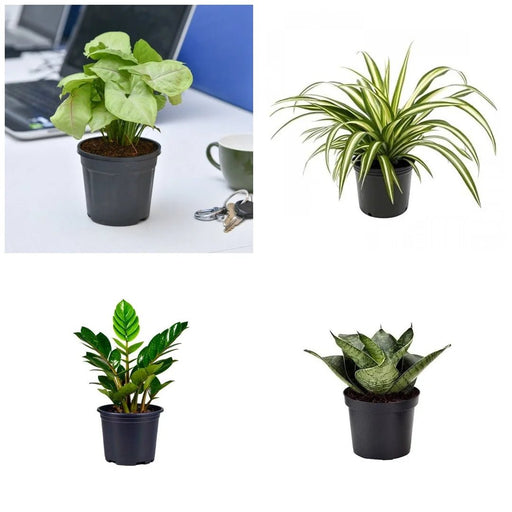
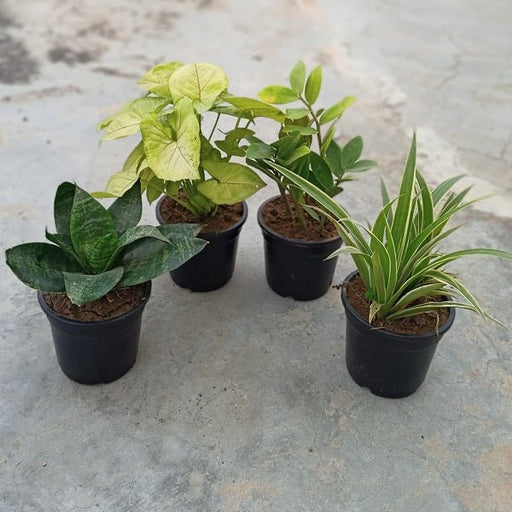 Save 25%
Save 25%
Set of 4 Evergreen Air Purifier Plant Pack Transform your indoor space into a lush, green oasis with our Set of 4 Evergreen Air Purifier Pla...
View full details| SrNo | Item Name |
|---|---|
| 1 | Rhizophora mucronata |
Rhizophora mucronata, commonly known as the red mangrove, is a vital coastal species found in tropical and subtropical regions. Characterized by its distinctive prop roots, this mangrove tree plays a crucial role in stabilizing shorelines and providing habitat for diverse marine life. Its glossy green leaves and vibrant red flowers contribute to its ecological significance and aesthetic appeal.
This species thrives in saline environments, showcasing its remarkable adaptability. Rhizophora mucronata is not only essential for coastal ecosystems but also serves as a natural barrier against storm surges and erosion, making it invaluable for coastal communities.
Rhizophora mucronata is special due to its unique ability to thrive in harsh saline conditions, making it a key player in coastal ecosystems. Its extensive root system not only stabilizes sediments but also provides a nursery habitat for various fish and crustacean species, enhancing biodiversity. Furthermore, it plays a significant role in carbon sequestration, helping to mitigate climate change.
This species is known for its viviparous reproduction, where seeds germinate while still attached to the parent tree, ensuring a higher survival rate in challenging environments. Additionally, Rhizophora mucronata can filter pollutants from water, improving overall water quality in coastal areas.
Rhizophora mucronata plays a significant role in coastal ecosystems by providing habitat for numerous species, improving water quality, and acting as a natural barrier against climate change impacts. Its ability to sequester carbon makes it a vital component in the fight against global warming, while its root systems help prevent coastal erosion, protecting both natural habitats and human settlements.
Picture a tropical paradise where the Rhizophora mucronata tree thrives! This mangrove species loves to hang out in coastal areas, particularly in muddy, saline environments. It’s like the beach bum of the plant world, soaking up the sun while its roots are happily submerged in brackish water. These trees are the ultimate multitaskers, providing shelter for various marine life while stabilizing shorelines. So, if you ever find yourself in a mangrove forest, tip your hat to this resilient tree that’s doing its part to keep the ecosystem in check.
Who knew a tree could be such a superstar? The Rhizophora mucronata tree is not just a pretty face; it’s a powerhouse of benefits! From carbon sequestration to shoreline protection, this tree is like the eco-friendly superhero we didn’t know we needed. Its roots act as a natural barrier against erosion, while its leaves provide a feast for local wildlife. Plus, it’s a champion in the fight against climate change, absorbing CO2 like a pro. So, next time you see one, remember it’s not just a tree; it’s a green guardian!
Want to grow your own Rhizophora mucronata tree? It’s easier than you think! This tree has a unique way of propagating that’s almost like nature’s version of a magic trick. It produces viviparous seeds that germinate while still attached to the parent tree. Once they’re ready to roll, they drop into the water and float away, ready to take root in a new location. It’s like sending your kids off to college, but in this case, they’re off to become magnificent mangroves. Just make sure to give them a good start in a suitable habitat!
The Rhizophora mucronata tree is the Swiss Army knife of the mangrove world! Its wood is prized for its durability and resistance to rot, making it a favorite for boat building and construction. But wait, there’s more! The tree’s bark and leaves have been used in traditional medicine, proving that it’s not just a pretty trunk. It’s like the tree that does it all—providing materials, medicine, and a home for countless species. So, if you’re ever in need of a versatile friend, look no further than this magnificent mangrove!
In a world where trees are disappearing faster than your favorite snack, the conservation of Rhizophora mucronata is crucial. These trees are vital for maintaining coastal ecosystems, but they face threats from urban development and climate change. Conservation efforts are like a lifeline for these green giants, ensuring they continue to thrive for generations to come. It’s a team effort, involving local communities, governments, and environmental organizations. So, let’s rally together to protect these mangrove marvels and keep our coastlines healthy and happy!
The Rhizophora mucronata tree is the unsung hero of coastal ecosystems! Acting as a natural buffer against storms and erosion, it’s like the bouncer of the beach, keeping everything in check. Its complex root system provides a habitat for fish and other marine creatures, making it a hotspot for biodiversity. Plus, it helps filter pollutants from the water, ensuring a cleaner environment. So, the next time you stroll along a mangrove forest, remember that this tree is not just standing there; it’s working hard to keep the ecosystem balanced and thriving!
Spotting a Rhizophora mucronata tree is like playing a game of botanical hide-and-seek! With its distinctive prop roots and glossy green leaves, it’s a sight to behold. The tree can grow up to 30 meters tall, making it a towering presence in the mangrove landscape. Its flowers are small and white, adding a touch of elegance to its rugged exterior. So, if you’re on a quest to identify this magnificent mangrove, just look for those unique roots and you’ll be well on your way to becoming a tree-spotting expert!
If you’re looking for a fast-growing friend, the Rhizophora mucronata tree is your go-to! This tree can reach maturity in just a few years, making it one of the quicker options in the mangrove family. It’s like the overachiever of the plant world, sprouting up to 30 meters tall in optimal conditions. But don’t let its speed fool you; it’s also incredibly resilient, able to withstand harsh coastal conditions. So, if you’re in a hurry to create a lush mangrove habitat, this tree is ready to take the lead!
The Rhizophora mucronata tree is on the front lines of the climate change battle! As a carbon sink, it absorbs CO2 and helps mitigate the effects of global warming. It’s like the tree equivalent of a climate activist, standing tall against rising sea levels and extreme weather events. By protecting these trees, we’re not just saving a species; we’re investing in a healthier planet. So, let’s give a round of applause to this green warrior, doing its part to combat climate change one leaf at a time!
The Rhizophora mucronata tree is a biodiversity hotspot, attracting a plethora of wildlife! Its roots provide shelter for fish, crabs, and other critters, making it a bustling hub of activity. Birds love to nest in its branches, while insects find refuge among its leaves. It’s like a five-star hotel for the animal kingdom! By preserving these trees, we’re not just protecting a single species; we’re safeguarding an entire ecosystem. So, the next time you see a Rhizophora mucronata, remember it’s not just a tree; it’s a thriving community of life!
The Rhizophora mucronata tree isn’t just a pretty sight; it’s also a treasure trove of traditional medicine! Various cultures have utilized its bark and leaves for their healing properties, treating ailments from fevers to infections. It’s like having a pharmacy right in the forest! The tree’s natural compounds are believed to have anti-inflammatory and antimicrobial effects, making it a valuable resource for local communities. So, next time you admire this magnificent mangrove, remember it’s not just a tree; it’s a natural remedy waiting to be discovered!
Rhizophora mucronata, also known as the red mangrove, is a coastal superhero! With its stilt roots and ability to thrive in salty waters, it protects shorelines from erosion while providing a cozy habitat for various marine life. Think of it as nature's very own beach bouncer!
You can find Rhizophora mucronata in tropical and subtropical regions, particularly along the coasts of Africa, Asia, and the Americas. It loves muddy, saline environments, so look for it strutting its stuff in mangrove forests. Just don’t forget your sunscreen!
Rhizophora mucronata is a multitasker! It stabilizes coastlines, improves water quality, and provides habitat for fish and crustaceans. Plus, its roots act like a natural filter, keeping the water clean. Who knew a tree could be such an eco-friendly overachiever
Rhizophora mucronata has a unique reproductive style. It produces viviparous seeds that germinate while still attached to the parent tree. Once ready, they drop into the water, ready to take on the world. Talk about a tree that knows how to multitask!
While Rhizophora mucronata isn’t currently classified as endangered, it faces threats from habitat loss and climate change. So, it’s essential to protect these coastal champions. After all, we wouldn’t want to lose our beach bouncers, would we
Rhizophora mucronata is a saltwater wizard! It has specialized glands that filter out excess salt, allowing it to thrive in brackish waters. It’s like having a built-in water purifier, making it the ultimate survivor in coastal ecosystems.
Rhizophora mucronata is a popular hangout for various critters! Fish, crabs, and birds all rely on its roots for shelter and food. It’s like a five-star resort for wildlife, complete with all the amenities they could ever want!
Absolutely! Rhizophora mucronata sequesters carbon dioxide, helping to mitigate climate change. Its dense root systems also protect against coastal erosion, making it a natural ally in the fight against rising sea levels. Who knew a tree could be such a climate warrior
Propagating Rhizophora mucronata is as easy as pie! Simply collect the viviparous seeds, plant them in a suitable substrate, and keep them moist. With a little patience, you’ll have your very own mangrove forest in no time. Just don’t forget to name your trees!
Rhizophora mucronata plays a vital ecological role by providing habitat, stabilizing shorelines, and improving water quality. It’s like the ultimate team player in coastal ecosystems, ensuring that everything runs smoothly. Who knew a tree could be such a valuable member of the community
You can help conserve Rhizophora mucronata by supporting local conservation efforts, participating in mangrove restoration projects, and spreading awareness about its importance. Every little bit helps! Together, we can ensure that these coastal champions continue to thrive for generations to come.